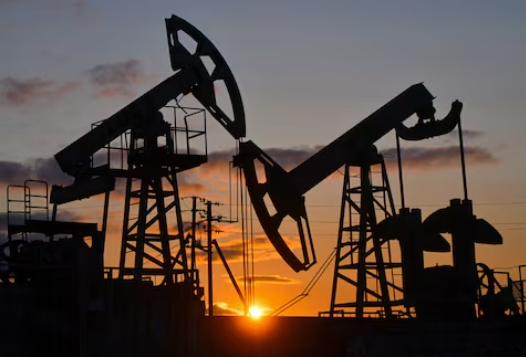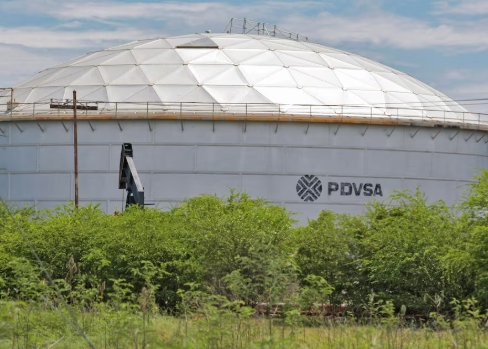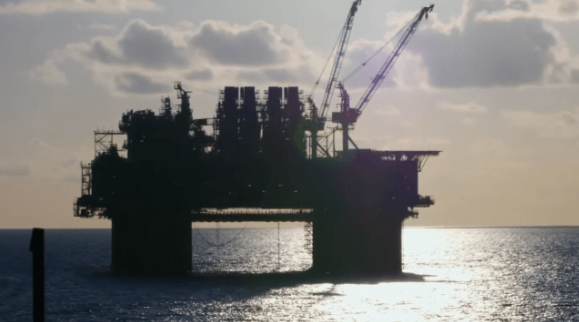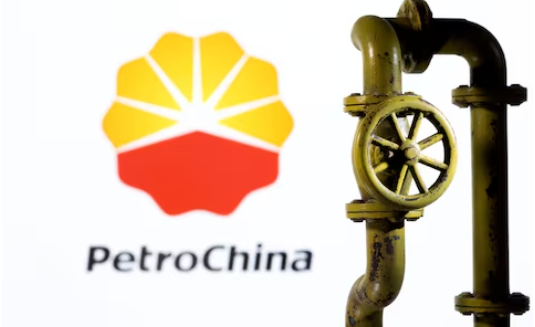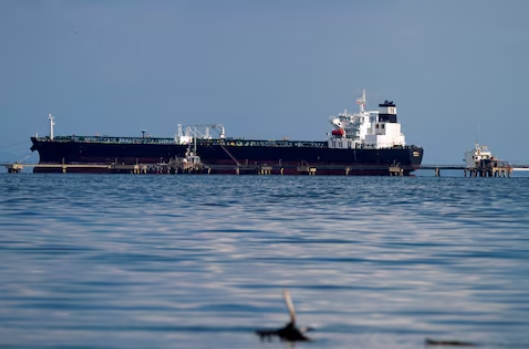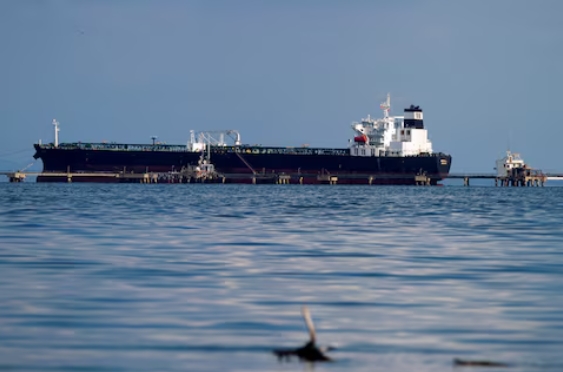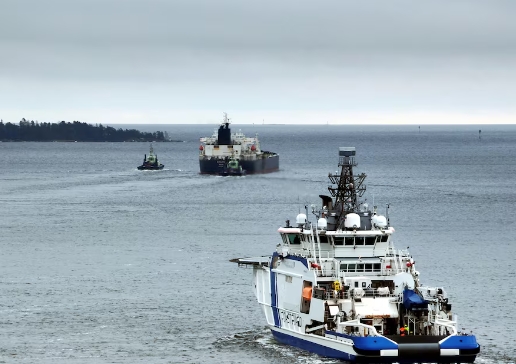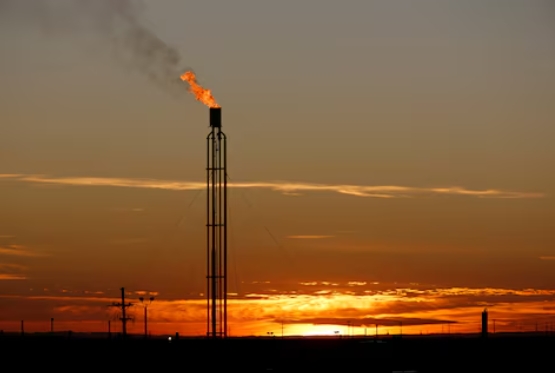The EU is providing funding to an initiative including Orsted and Siemens Gamesa that is aiming to demonstrate and investigate a combined wind turbine and electrolyser system for green hydrogen designed for operation in marine environments.
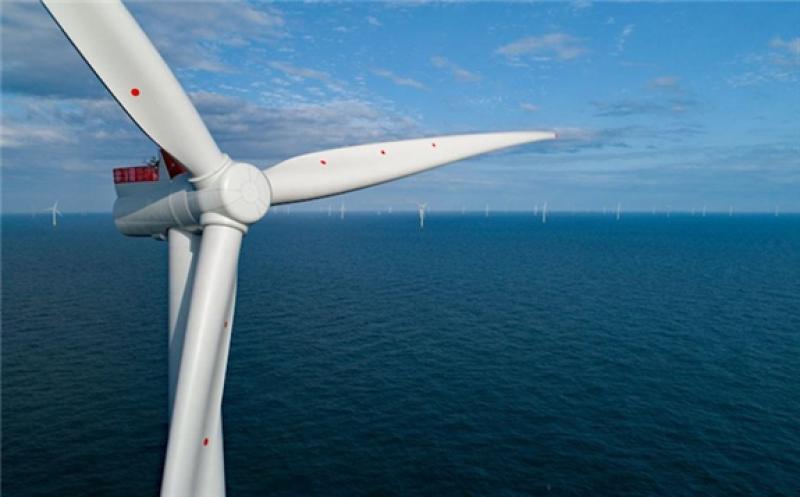
The Oyster project, which also includes ITM Power and Element Energy, has been awarded €5m from The Fuel Cells and Hydrogen Joint Undertaking (FCH2-JU), a public private partnership of the European Commission.
Money will be used to investigate the feasibility and potential of combining an offshore wind turbine directly with an electrolyser and transporting renewable hydrogen to shore.
The consortium will develop and test a megawatt-scale fully 'marinised' electrolyser in a shoreside pilot trial.
The project, which is planned to start in 2021 and run to the end of 2024, will be coordinated by Element Energy.
ITM Power is responsible for the development of the electrolyser system and the unit's trials.
Orsted will lead the offshore deployment analysis, the feasibility study of future physical offshore electrolyser deployments, and support ITM Power in the design of the electrolyser system for marinisation and testing.
Siemens Gamesa and Element Energy are providing technical and project expertise.
ITM Power chief executive Graham Cooley said: “ITM Power are delighted to be part of this exciting project, working alongside industry leaders to explore the potential to harness wind for offshore green hydrogen production.”
Orsted head of hydrogen Anders Christian Nordstrom said: “To create a world that runs entirely on green energy, we need to electrify as much as we can.
“However, some sectors cannot decarbonise through electrification and that's where renewable hydrogen could play a significant role. Offshore hydrogen production could be a future, supplemental way of getting large amounts of energy generated from offshore wind power to shore.
“As the largest offshore wind company in the world, we're of course keen to better understand what it will take to produce renewable hydrogen offshore as a potential future supplement to production of renewable electricity.
“Having pioneered the offshore wind industry, we know that thorough analysis and testing are required before deploying new technologies at sea.”
FCH JU executive director Bart Biebuyck said: “The Oyster project is a very exciting addition to the FCH JU pallet of electrolysis projects that will allow the development of an offshore-spec electrolyser for green hydrogen to be generated in the harsh offshore environment.
“The aim is the optimal integration of electrolysers with offshore wind turbines to store the energy generated in the form of hydrogen.
“We are absolutely delighted to support this innovative project which reduces the environmental impact in further industrial applications.”
Element Energy associate director Michael Dolman said: “Offshore wind is now one of the lowest cost forms of electricity generation in Europe and will have an important role in Europe's decarbonisation plans.
“There is growing interest in transporting renewable energy in the form of hydrogen, particularly for sites far from shore. Realising such a vision will require further development and innovations of the type to be demonstrated in the Oyster project, which Element Energy is pleased to coordinate.”
